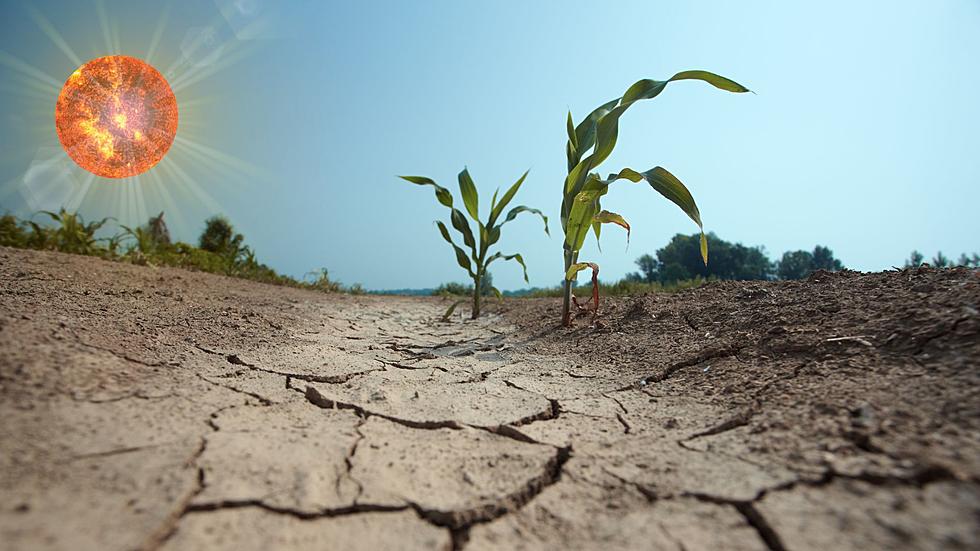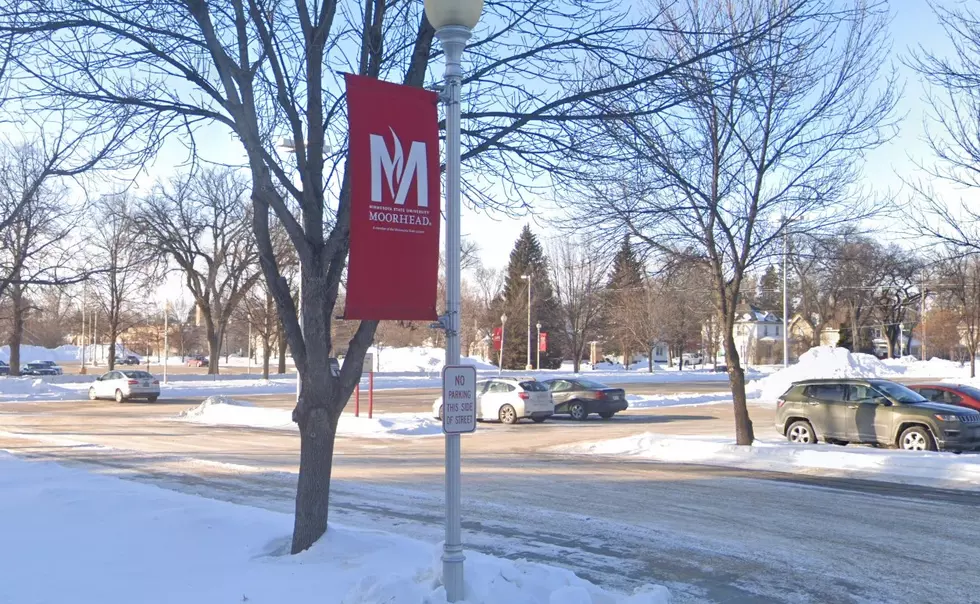
Spring Weather Forecast: Impacts Of Drought And Fire Risk In Montana And North Dakota
As we in Montana and North Dakota are already flirting with spring, however, with it come concerns over drought and a potential heightened fire season.
According to NOAA, there are specific variables to consider while making a prediction for the spring. At the end of the season, El Niño conditions are expected to start fading, although temperatures above normal are expected to stay in the northern tier.

While the West Coast's wet season is coming to an end, moisture is slowly making its way northward over the Midwest and Great Plains, increasing the likelihood of heavy precipitation events.
A large portion of Montana, the Dakotas, and Nebraska are extremely likely to experience temperatures above normal. Precipitation that is above normal is most
most likely over southern South Dakota and western Nebraska. In western Montana, northwestern Wyoming, northern North Dakota, a small area of southern South Dakota, and eastern Nebraska, drought persistence is more likely. A tiny area in southern Wyoming prefers to remove drought.
The rate of evapotranspiration also starts to rise when the sun's angle rises and plants emerge from their winter slumber. With the present small snowpack and a warm seasonal forecast, there is little hope for late-season snowpack growth, leaving much of the northern tier susceptible to drought development in the spring.
As a result, the Cascades and northern Rockies may experience a gradual drought due to below-average snow-water equivalent levels.
The northern Plains, upper Midwest, and Great Lakes regions bordering Canada are also prone to drought development. While a comparable situation is present in northern New England, this prognosis does not imply any development in the near future due to appropriate incipient groundwater and streamflow conditions.
However, any instances of unusually warm or dry weather in the spring could accelerate the onset of drought. Due to dry antecedent circumstances and a seasonal precipitation prediction that predicts below-average precipitation, western and southern Texas are also likely to see drought development.
What do Montana and North Dakota's drought conditions currently look like?
Montana
| Week | Date | None | D0-D4 | D1-D4 | D2-D4 | D3-D4 | D4 | |
| Current | 2/13/2024 | 12.29 | 87.71 | 42.72 | 18.09 | 0 | 0 | |
| Last Week to Current | 2/6/2024 | 12.32 | 87.68 | 37 | 17.37 | 0 | 0 | |
| 3 Months Ago to Current | 11/14/2023 | 66.94 | 33.06 | 26.2 | 8.55 | 0 | 0 | |
| Start of Calendar Year to Current | 12/26/2023 | 44.19 | 55.81 | 18.83 | 2.68 | 0 | 0 | |
| Start of Water Year to Current | 9/26/2023 | 56.28 | 43.72 | 37.28 | 23.21 | 9.51 | 0 | |
| One Year Ago to Current | 2/14/2023 | 4.84 | 95.16 | 67.78 | 23.75 | 3.71 | 0 | |
| Estimated Population in Drought Areas: 626,241 |
North Dakota
| Week | Date | None | D0-D4 | D1-D4 | D2-D4 | D3-D4 | D4 | |
| Current | 2/13/2024 | 43.39 | 56.61 | 12.67 | 6.78 | 0 | 0 | |
| Last Week to Current | 2/6/2024 | 43.75 | 56.25 | 15.72 | 6.78 | 0 | 0 | |
| 3 Months Ago to Current | 11/14/2023 | 65.42 | 34.58 | 15.75 | 6.78 | 0 | 0 | |
| Start of Calendar Year to Current | 12/26/2023 | 70.11 | 29.89 | 15.72 | 6.78 | 0 | 0 | |
| Start of Water Year to Current | 9/26/2023 | 55.05 | 44.95 | 26.49 | 17.14 | 0 | 0 | |
| One Year Ago to Current | 2/14/2023 | 0 | 100 | 79.69 | 3.76 | 0 | 0 | |
| Estimated Population in Drought Areas: 81,348 |
LOOK: Most common domestic destinations from Missoula Montana Airport
Gallery Credit: Stacker



